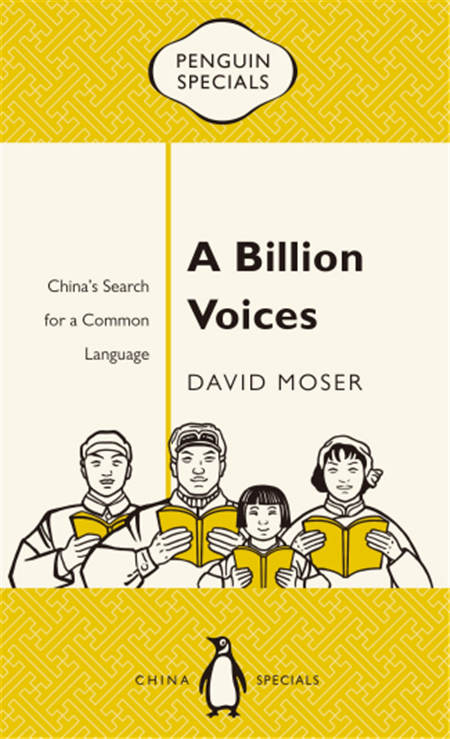
(Photo provided to China Daily)
One of the radical initiatives was to replace the Chinese characters with the Roman alphabet proposed by many intellectuals during the May Fourth Movement, which advocated Western notions such as "science" and "democracy".
During the 1930s, such a project of Romanizing Chinese characters was even put into practice in Yan'an, where there were around 300 publications with a phonetic system called Latinxua Sin Wenz, or Latinized New Writing, circulating in the area.
When American journalist Edgar Snow visited China in 1936, he even found that the Communist Party of China had already published a pocket dictionary of the phonetic system of Chinese, and was experimenting with teaching it to a class of young students.
But the method lasted for a very brief period of time. It was abolished completely in 1955.
What wins out among plans to Romanize Chinese language is pinyin, which literally translates as "spelled sounds". It is used to denote the sound of each Chinese character using English alphabet and four diacritics for tones.
Besides the reform in the writing system, Moser also traces the little-known process of how people unified over 100 of so-called dialects into what is widely used now-Putonghua, or the common speech.
Moser captures the tensions between Putonghua and dialects, because some of the dialects could be arguably considered as another language.
Many dialects are dying out as there are fewer people speaking them nowadays.
Near the end of the book, Moser also touches upon how the internet has been affecting the Chinese language: A lot of internet slang and a mixture of foreign and Chinese compounds have emerged, and they are used by young people.
Moser says tracing the reform of Chinese language along the way is a process for foreign learners to understand how Chinese works.
Almost 25 years ago, five years after Moser began to learn Chinese, he wrote an article titled Why Chinese Is So Damn Hard. The article is still popular among foreign Chinese learners.
"Yes, Chinese is still hard, but (now) we have digital tools and dictionary to help us learn it," says Moser.


















































